I generally start pruning my deciduous bonsai as soon as the leaves have fallen off in Autumn. That’s mainly because it is easier to see the structure of the tree when all the leaves are gone. Not all trees drop leaves at the same time so that allows me to spread the work over a few weeks.
Continue readingCategory Archives: Uncategorized
Autumn colour
It is now well into Autumn at Shibui Bonsai. Cooler weather and shorter days mean less time spent keeping trees watered. Some of the Shibui Bonsai trees have responded to the cooler nights and put on Autumn colours. Here are some photos from the past few weeks to show you what I’ve been seeing this year.
Continue readingBonsai Week Workshop 2019
Our National Bonsai and Penjing Collection is hosting another week of bonsai activities in Canberra. Workshops with international practitioners allow us to exchange ideas and learn new techniques and ideas.
This year we have expert advice from 2 visitors – Heike van Gunst and Sandra Grlica.
I have been lucky to get a place in one of the workshops this year. With an entire day to fill we are able to take several trees to work with. I’m having trouble narrowing down the possibilities so I’ll take a few extras for the ladies to choose from.
Here are the trees I’ve selected
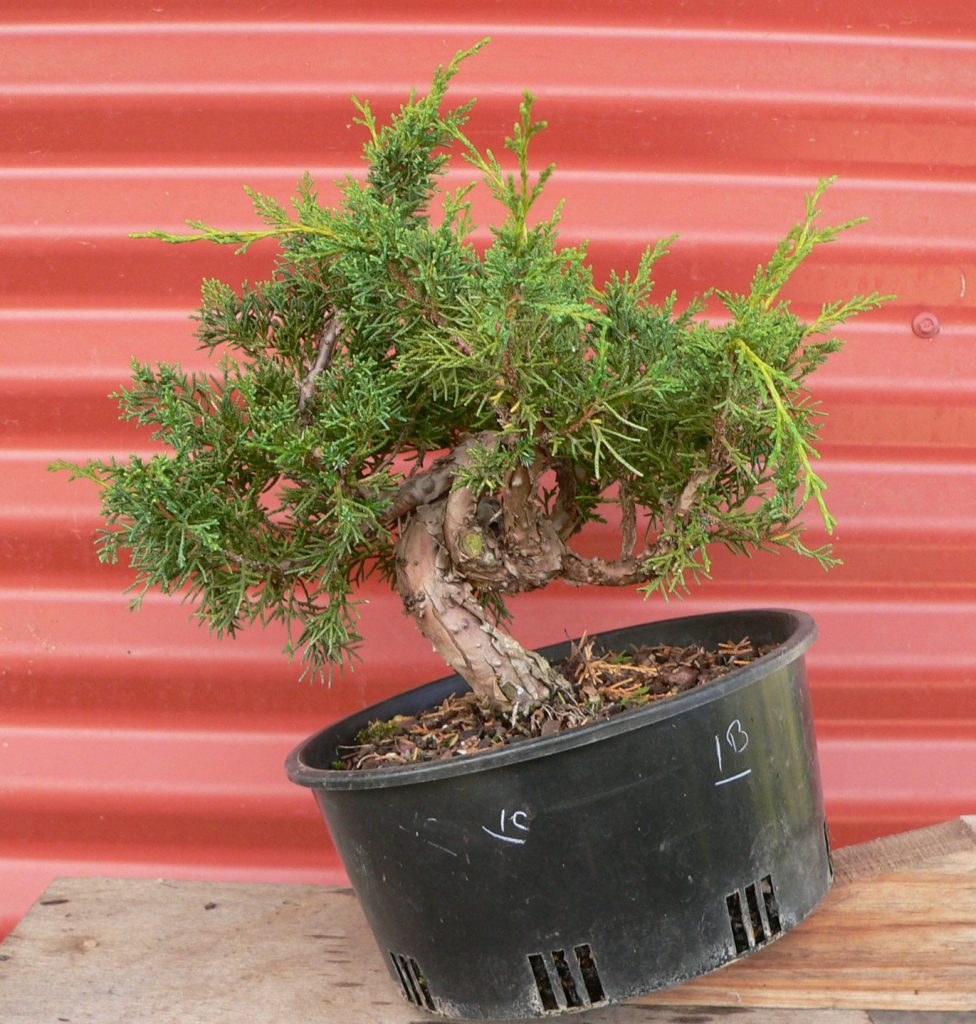
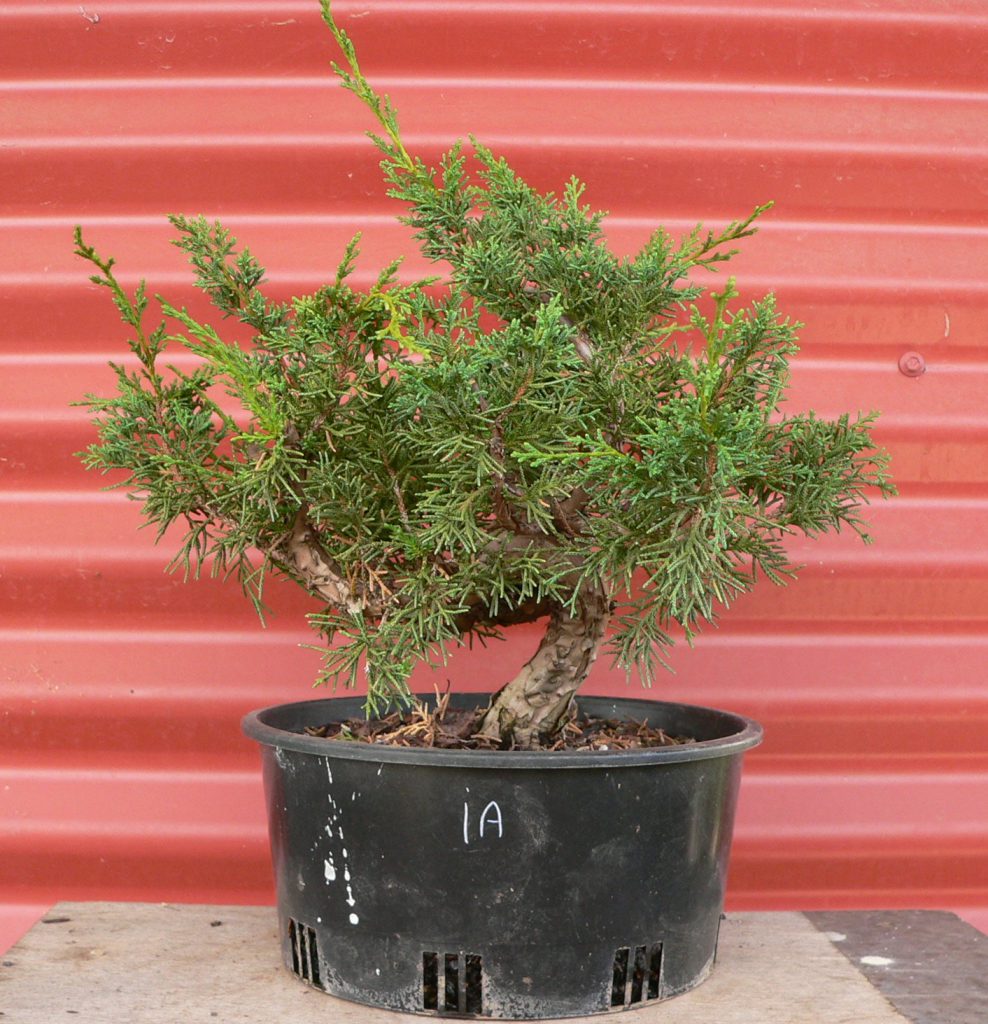
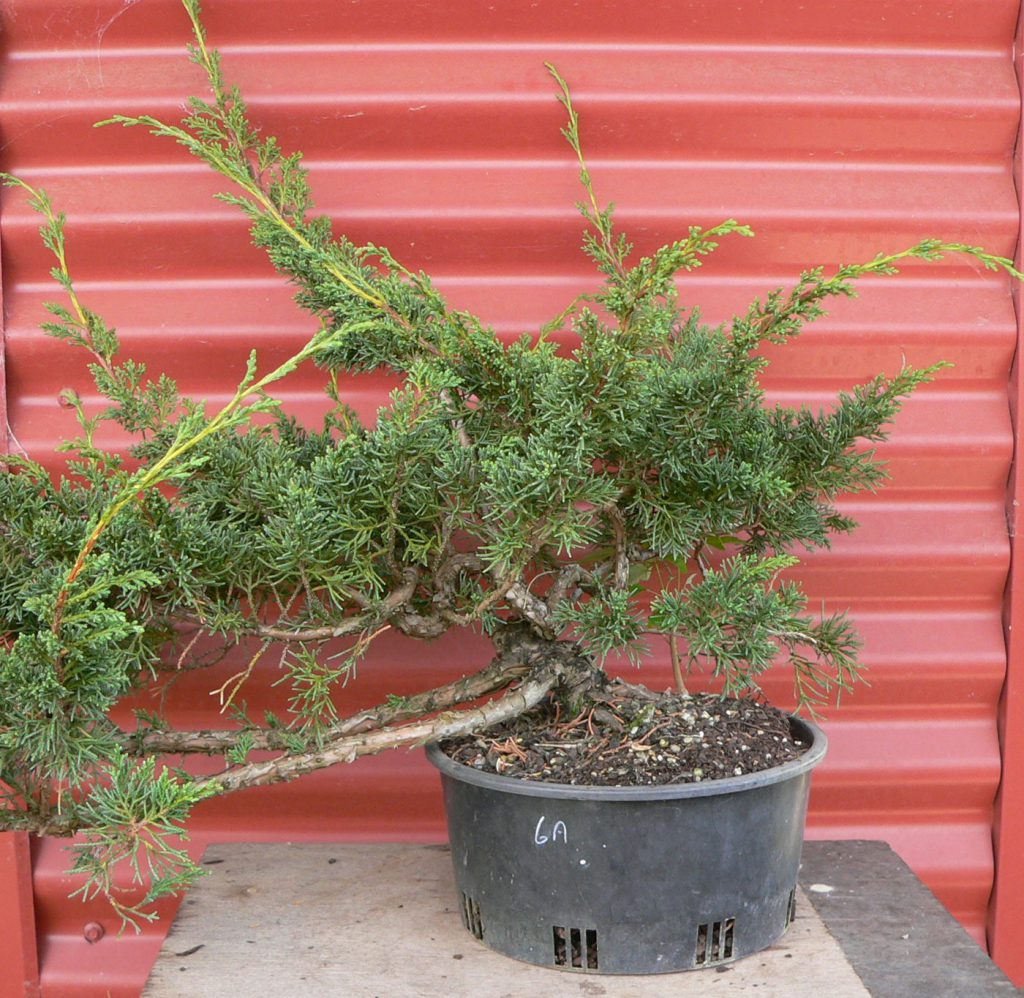
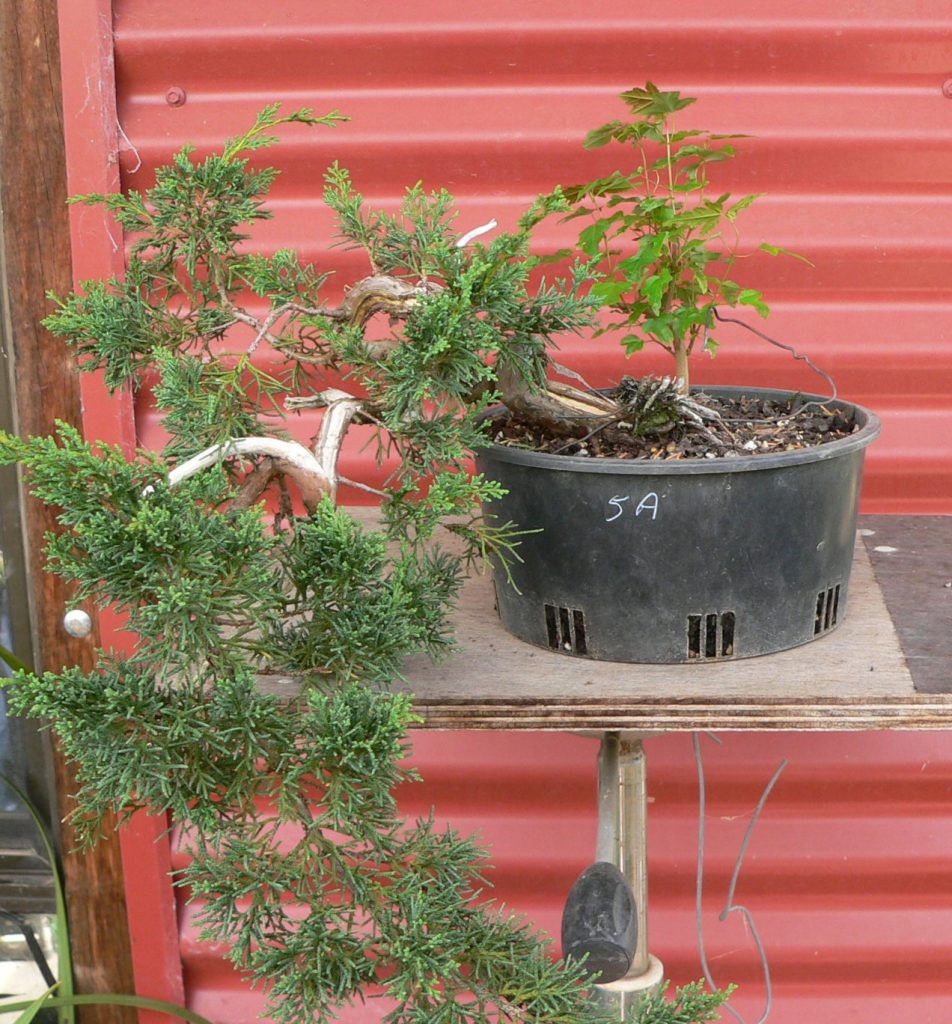
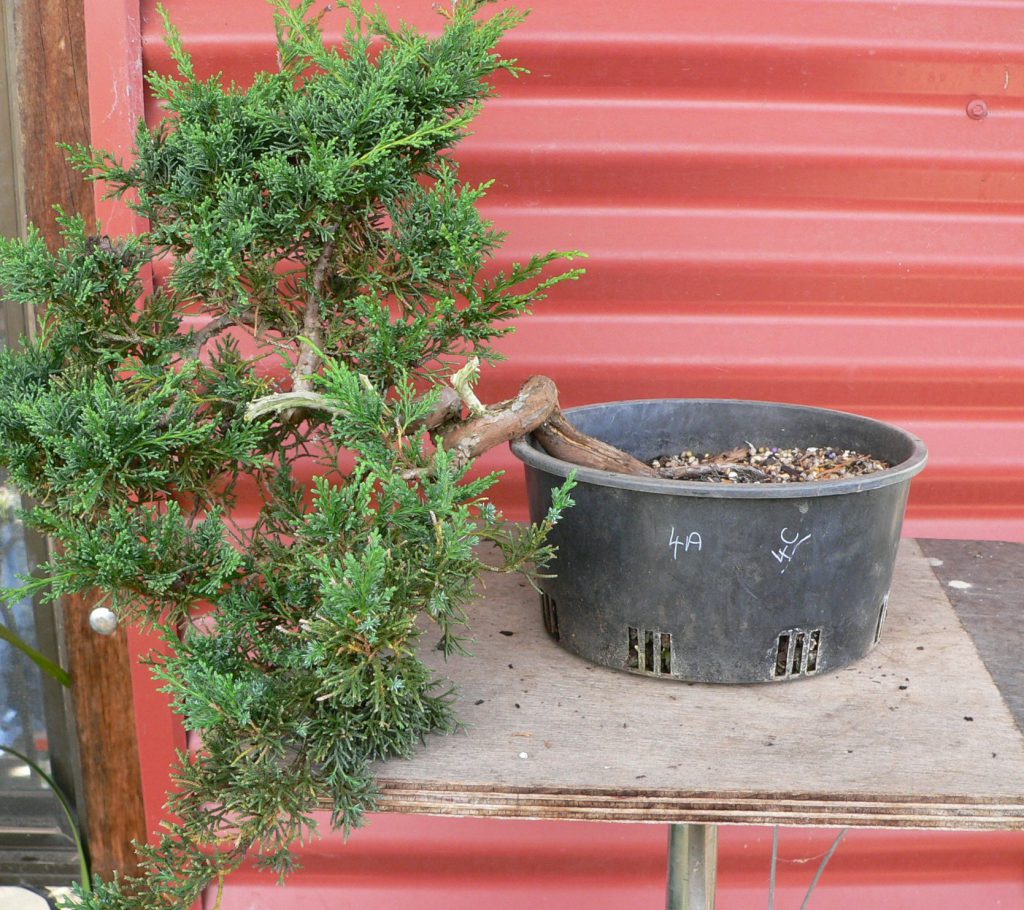
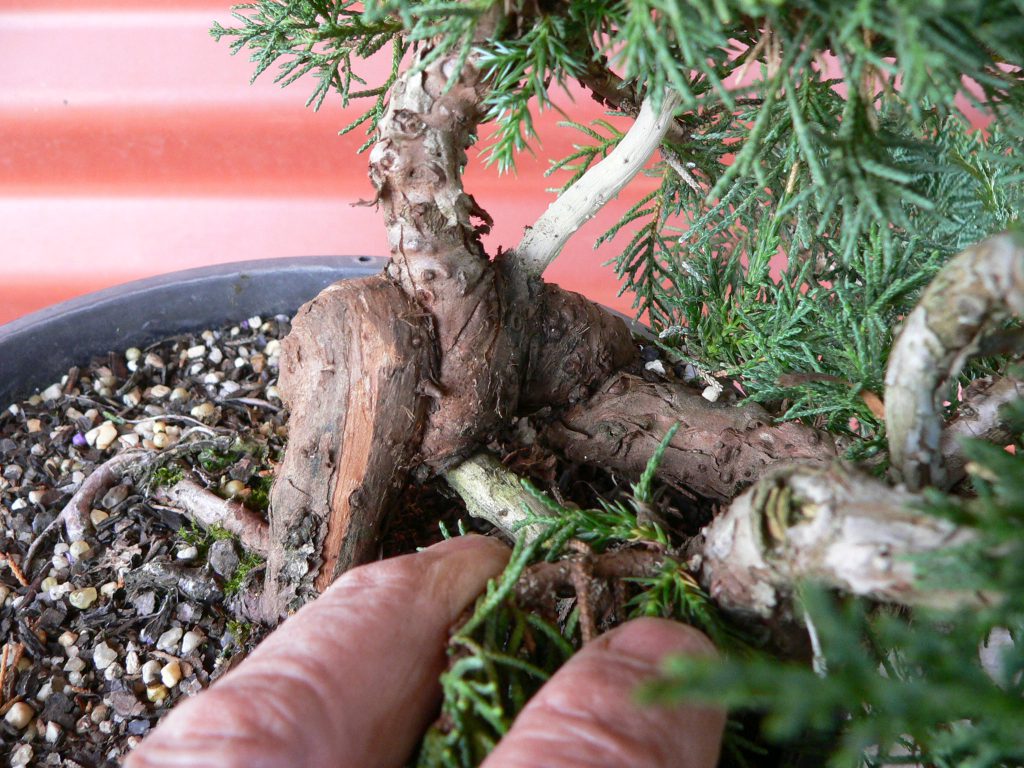
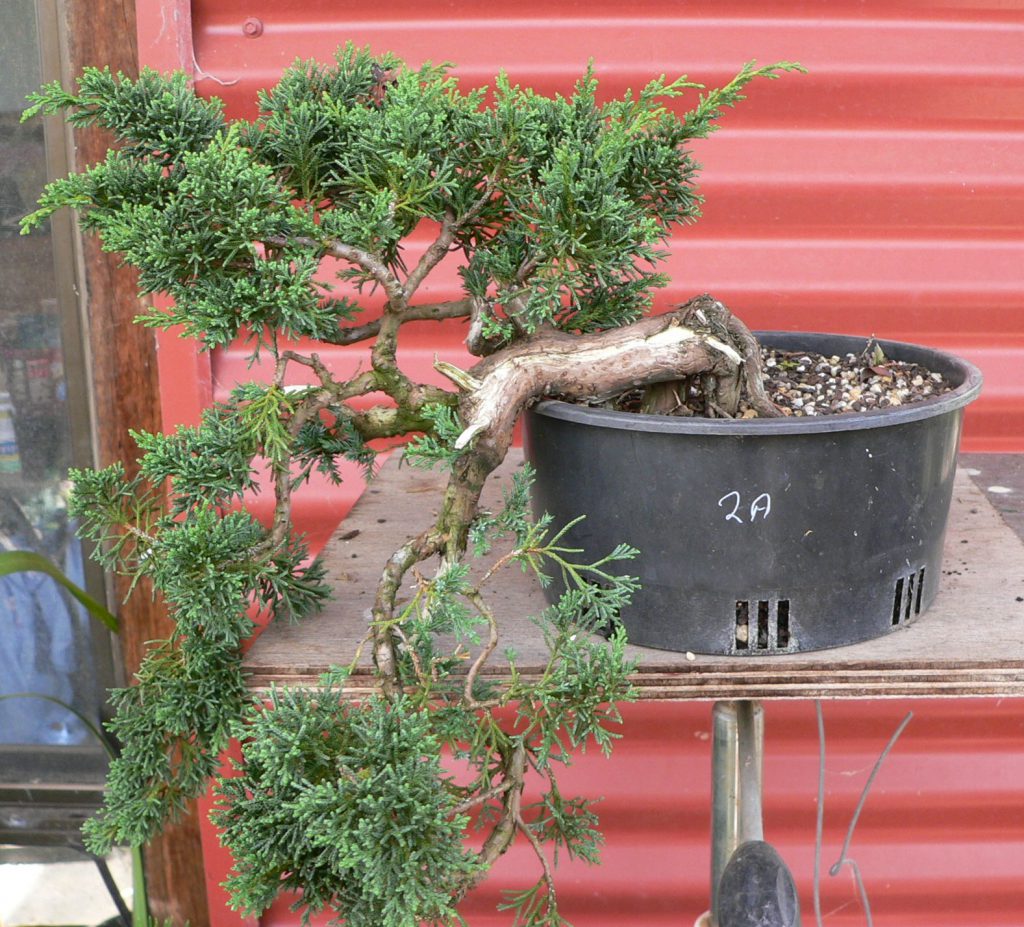
These junipers have all been developed over the past 9 years with repeated wiring, bending and twisting to produce wild looking trunks. Some have also had initial shari started. Experienced readers will note some long sacrifice branches that I’ve been using to increase trunk thickness and, in some cases, to develop thicker branches that may be used for additional jins.
Really looking forward to the weekend activities and to whatever the ladies can develop from the trees.
follow up report and photos after this weekend.
2019 Wodonga show
Our local bonsai club put on a display of bonsai at this year’s Wodonga show.
We talked to plenty of people and hopefully opened a few more eyes to the great art of bonsai.
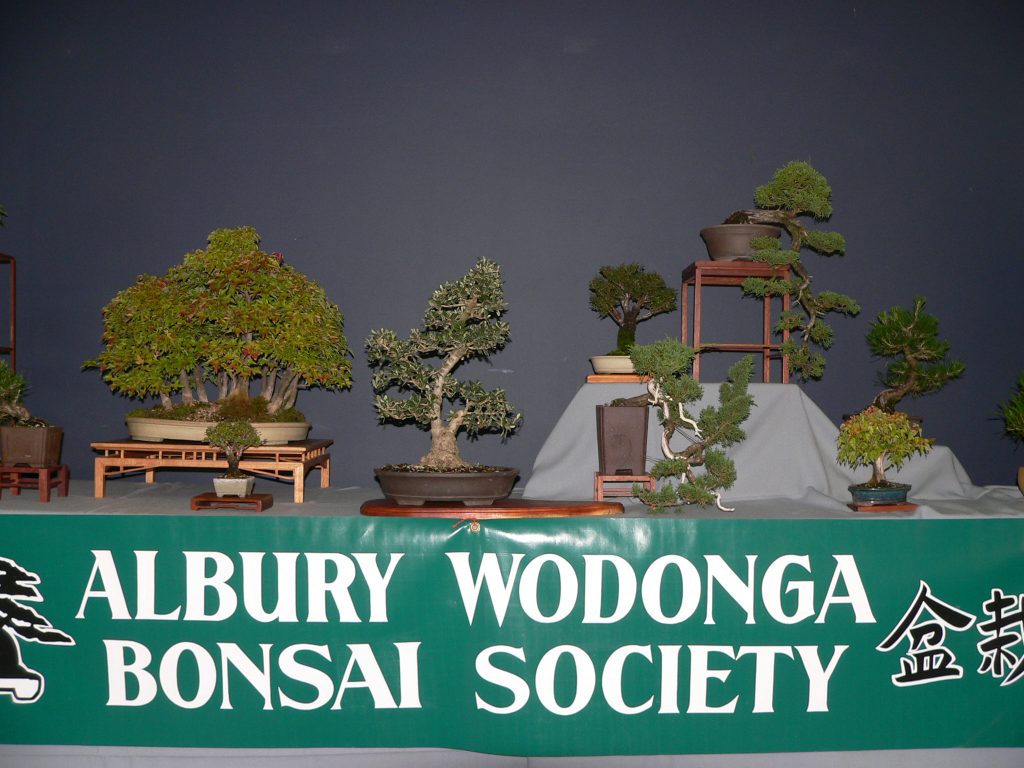
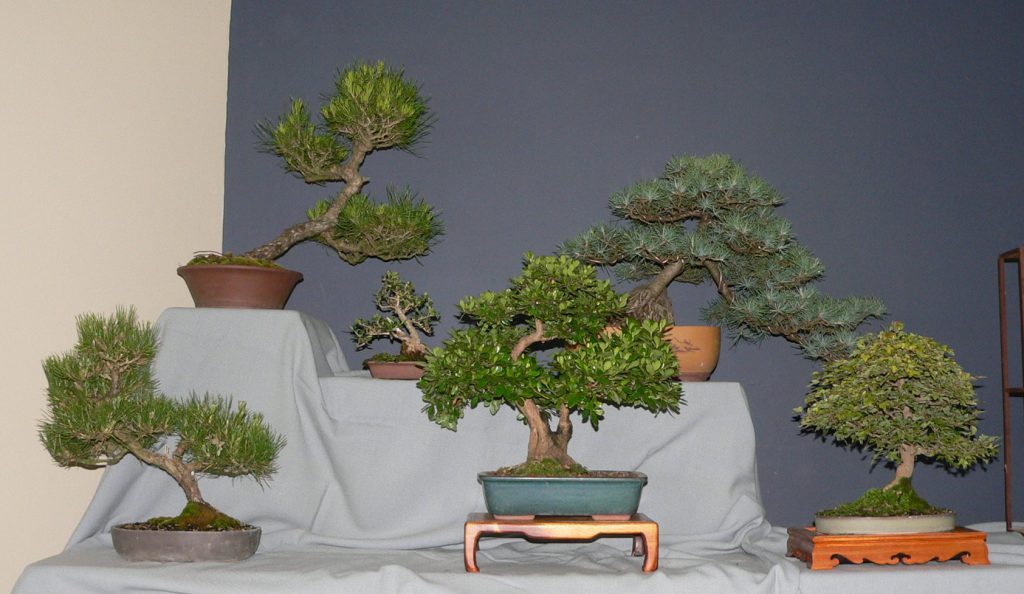
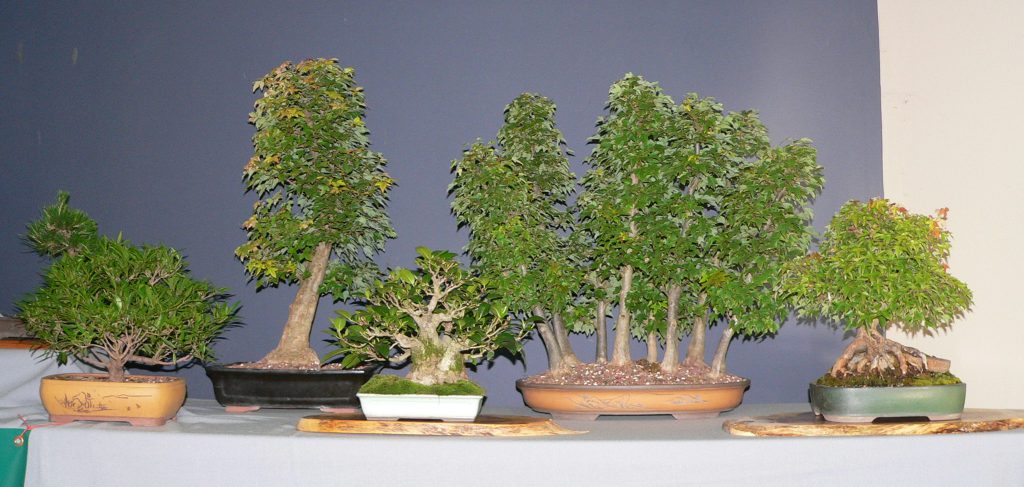
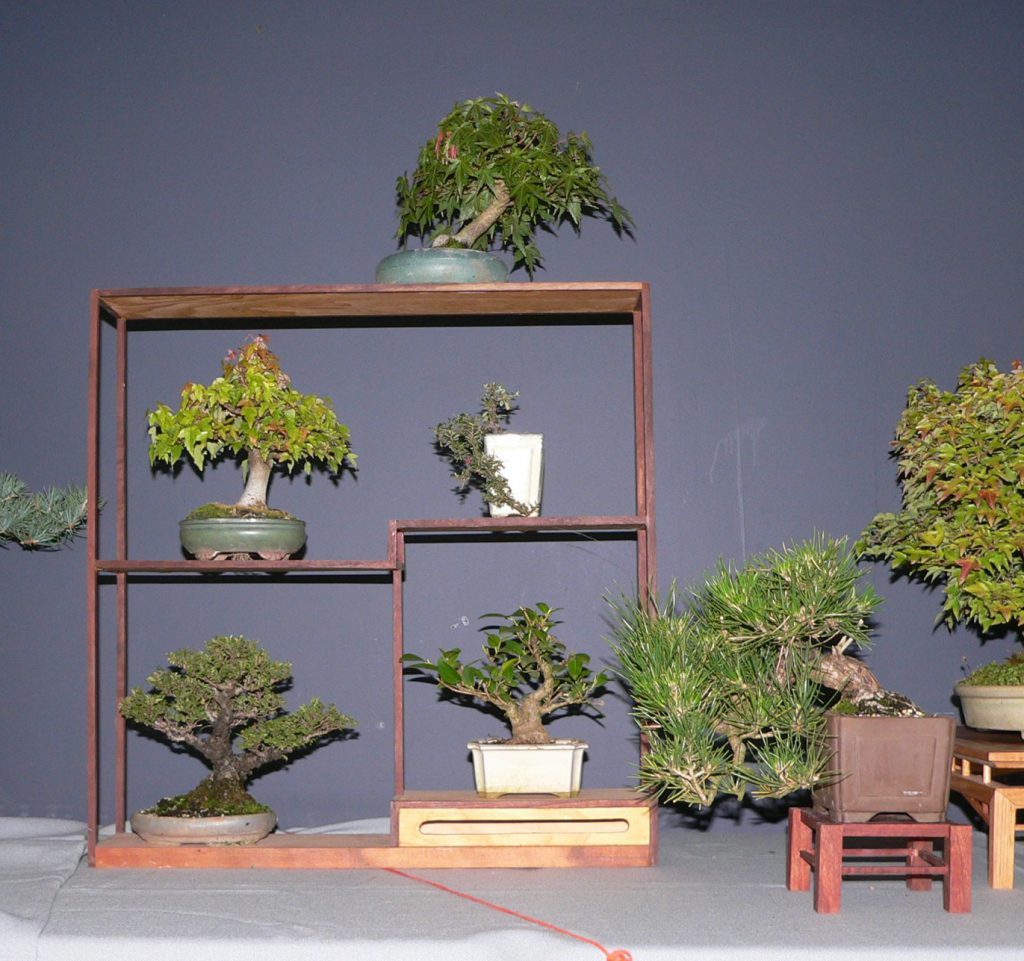
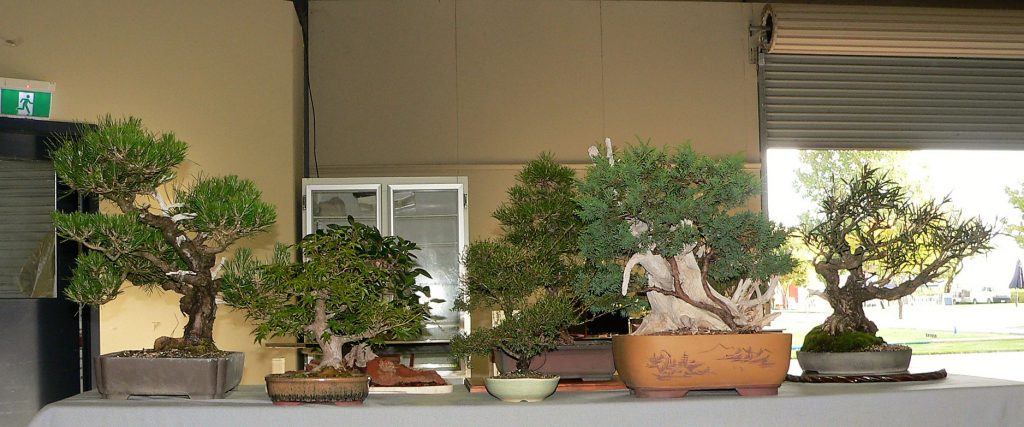
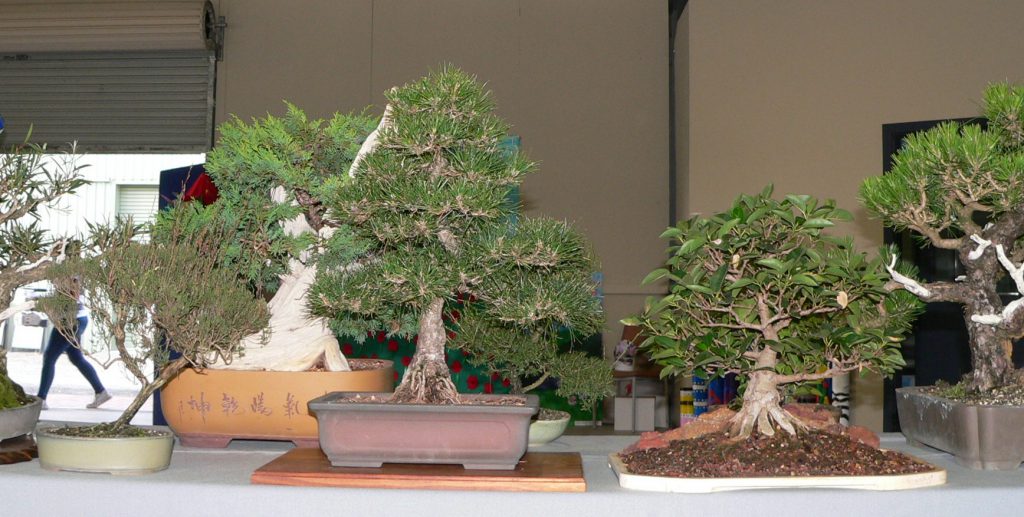
Thanks to Theo for organising the venue and passes and to Ian for contributing trees and spending the day helping to promote bonsai.
Olive carving
Our bonsai club has access to some areas with lots of feral olives so we have had several ‘digs’ to obtain advanced material. One of the paddocks is quite steep and rocky so I suppose these are literally ‘yamadori’ (Japanese word meaning from the mountain).
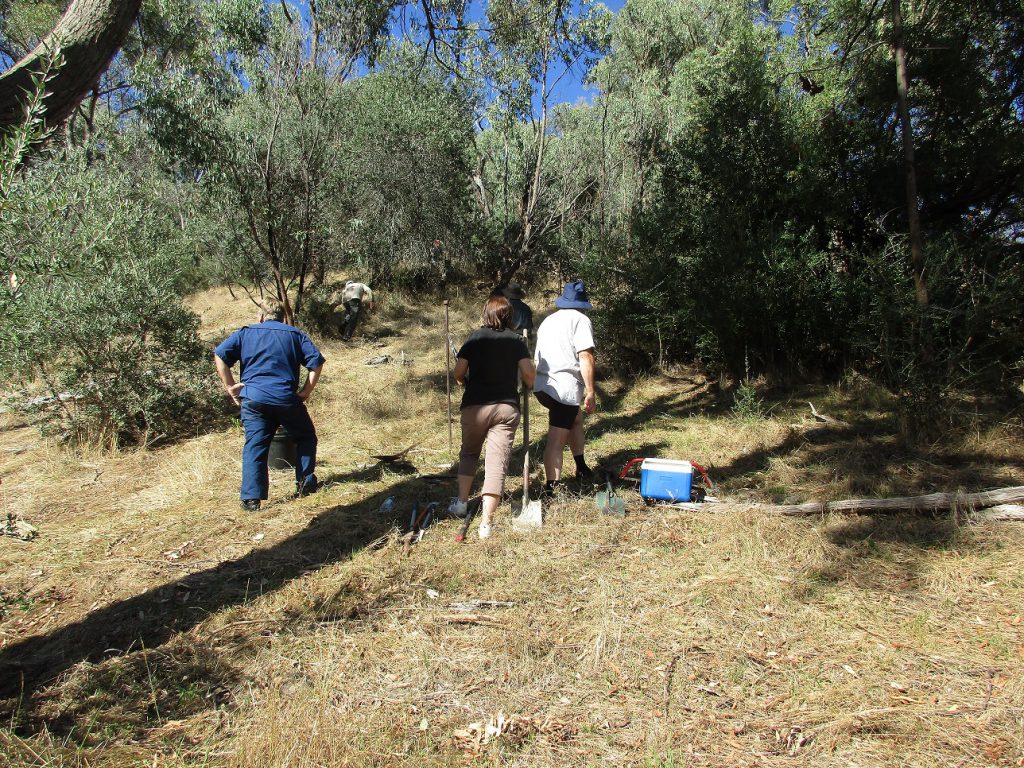
Here’s one a couple of years ago. You can see that the original middle trunk was converted to dead wood to leave room for the better trunk to develop. A small stub was also left on the smaller left trunk.
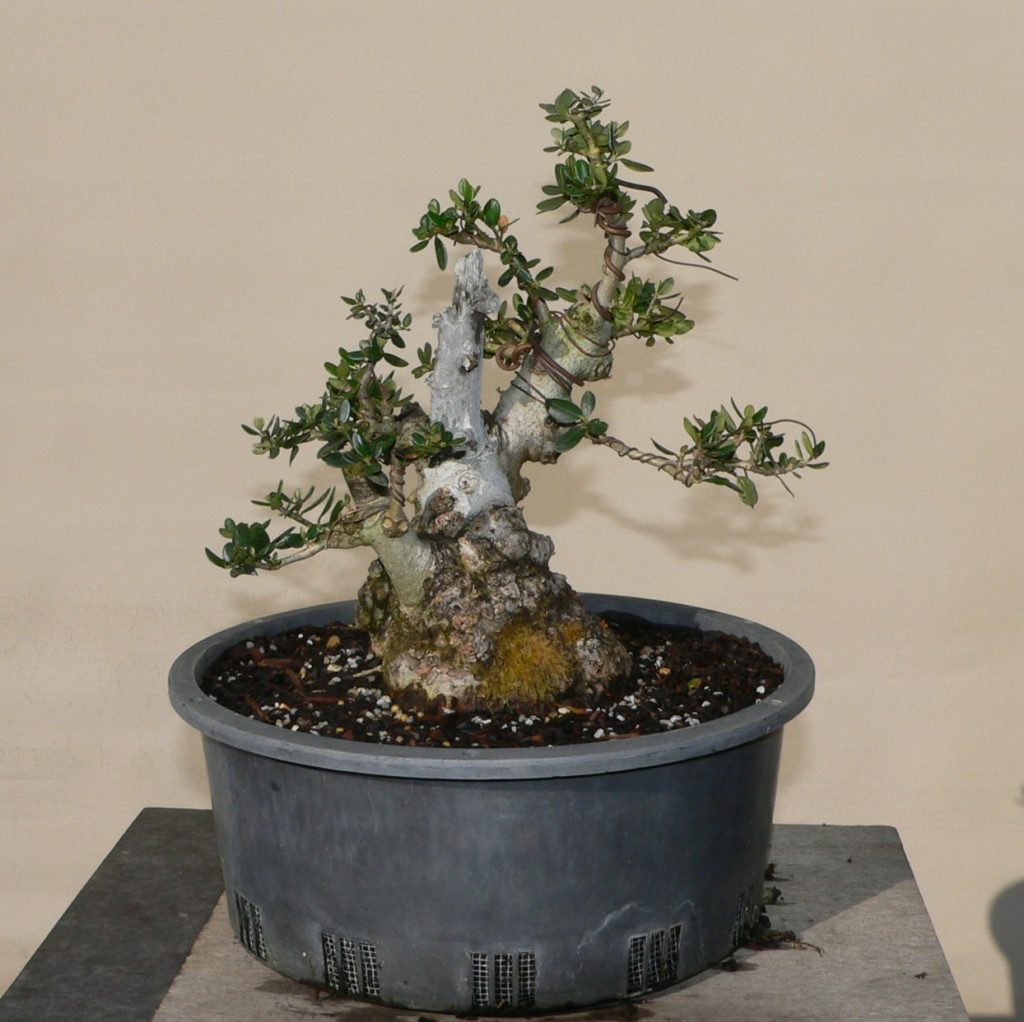
Last year I felt that the branches had developed enough structure to merit a proper bonsai pot.
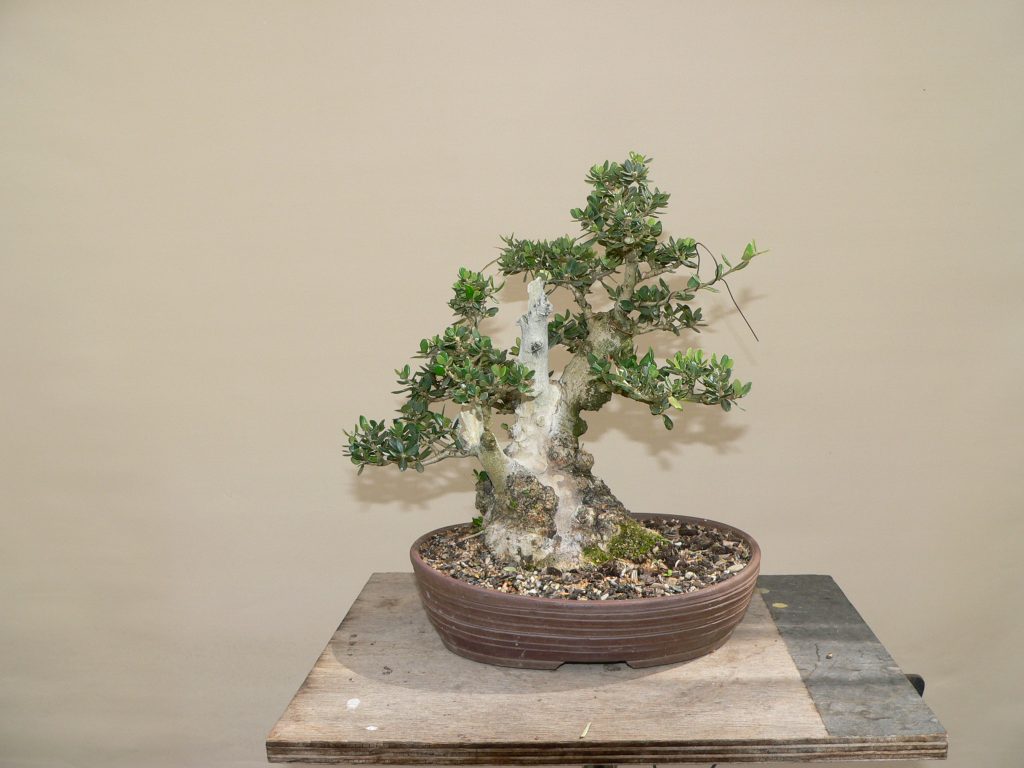
I also decided the jin was just a bit boring. Looking at images of ancient olives I saw impressive old trunks with hollows and dead wood. A little carving on the trunk below the jin adds a whole new dimension to this tree.
I can see an opportunity to add some more texture and character to the jinned branch itself but that will have to wait for another day.
While checking another of these developing olives I noticed a dead patch on the trunk
More banksias
A couple of my smaller bonsai banksias started to develop dieback in some twigs toward the end of spring.
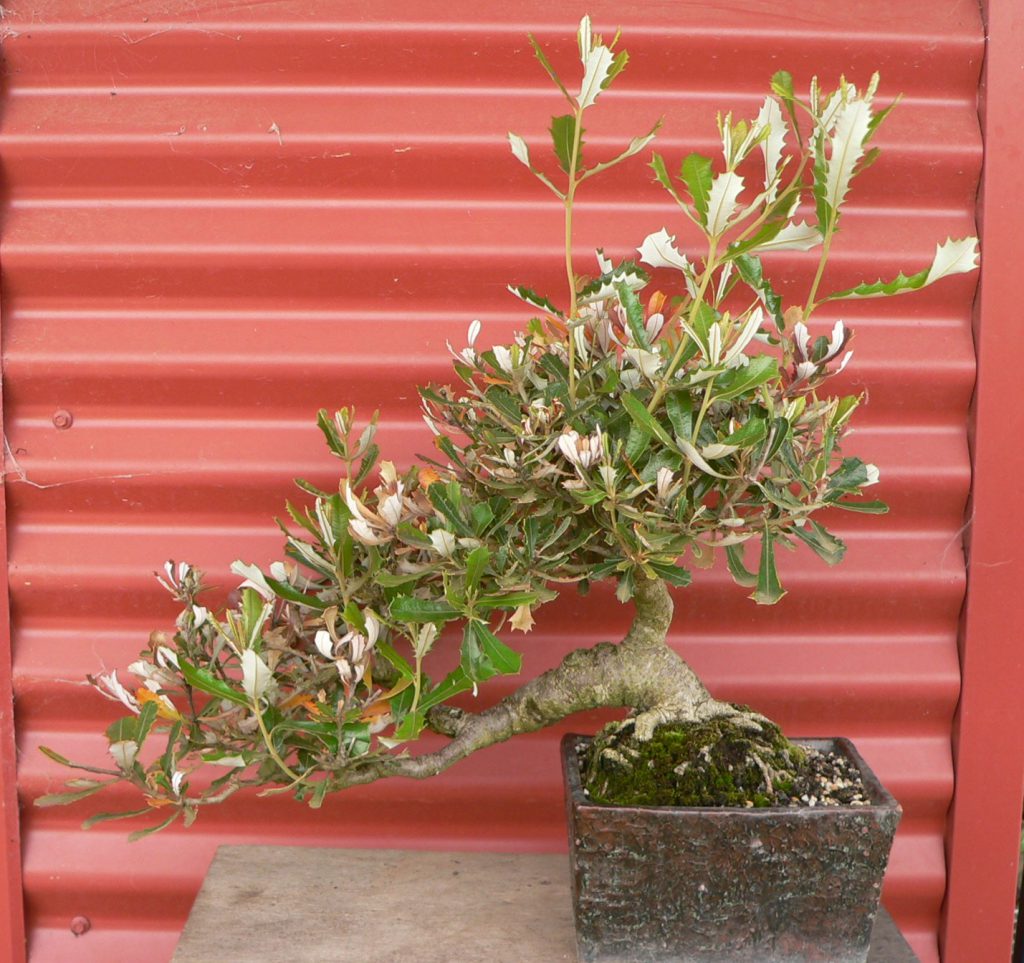
Many people would assume that, because these are banksias, the dead shoots would be the result of phosphorus toxicity. My experience with this genus led me to a completely different conclusion.
I have noticed that banksias have very dense fine roots that develop very quickly. Here’s what I found when this one was removed from the pot.
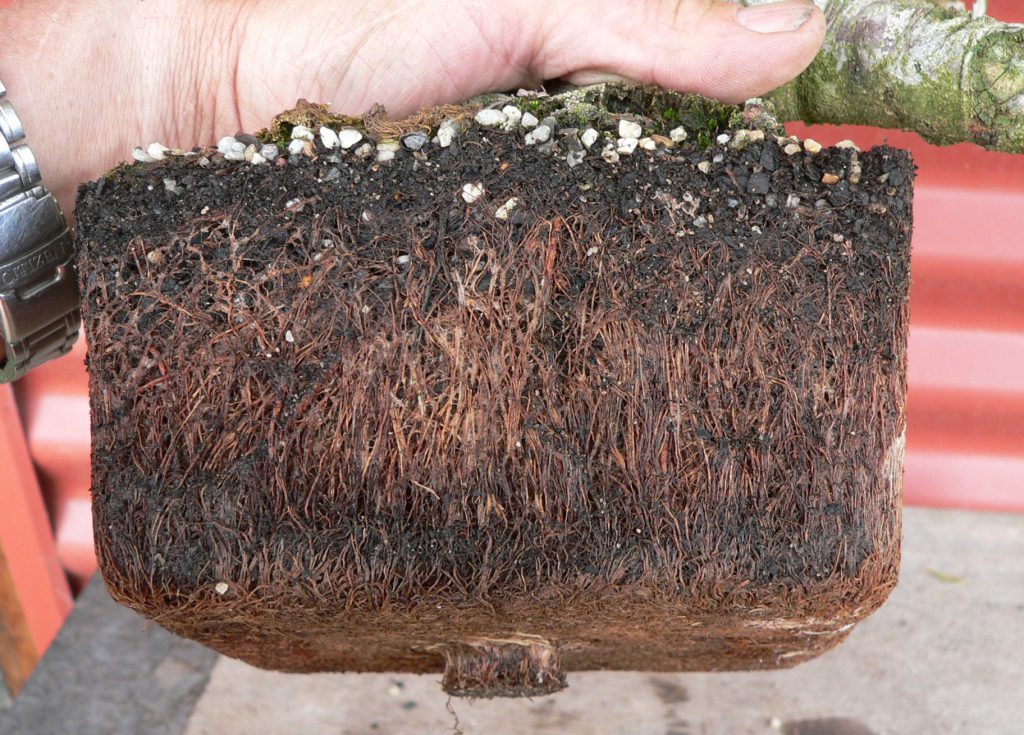
It definitely needs repotting.
First, trim back any long, fresh shoots.
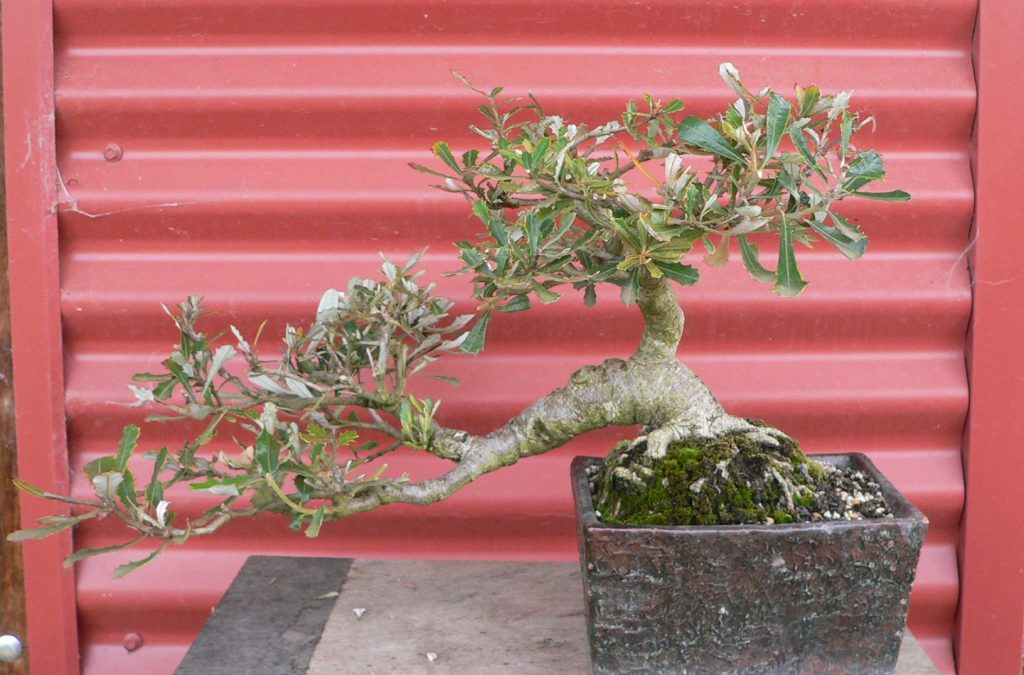
When I cut through the root ball I found exactly what I was expecting – a dry patch in the middle.
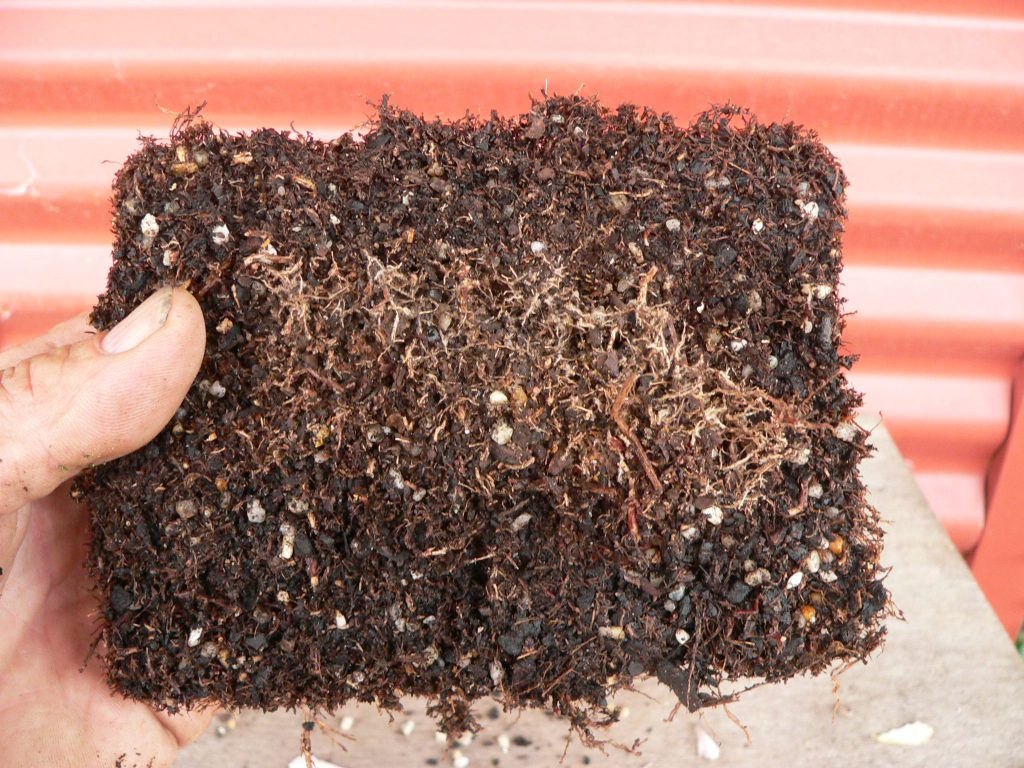
That area is dry despite a thorough water last night and again this morning. The roots are so crowded that water has great difficulty penetrating which means the tree starts each day without a full pot of water. The dead shoots have nothing to do with P toxicity. They simply show a lack of water.
The remaining roots were trimmed quite a lot.
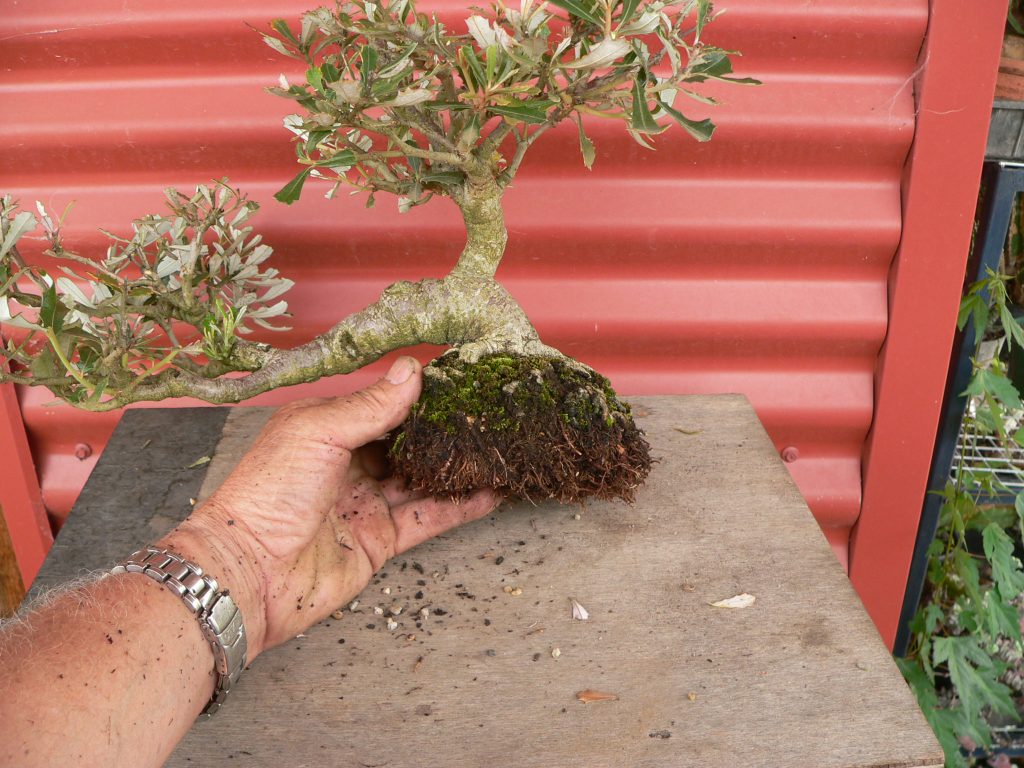
Note that there are no visible proteoid roots on this banksia because it gets regular fertiliser. Proteoid roots appear when banksias are short of nutrients and tend to disappear when the trees are fertilised regularly so paradoxically, regular fertiliser actually helps reduce the chance of P overdose for banksias.
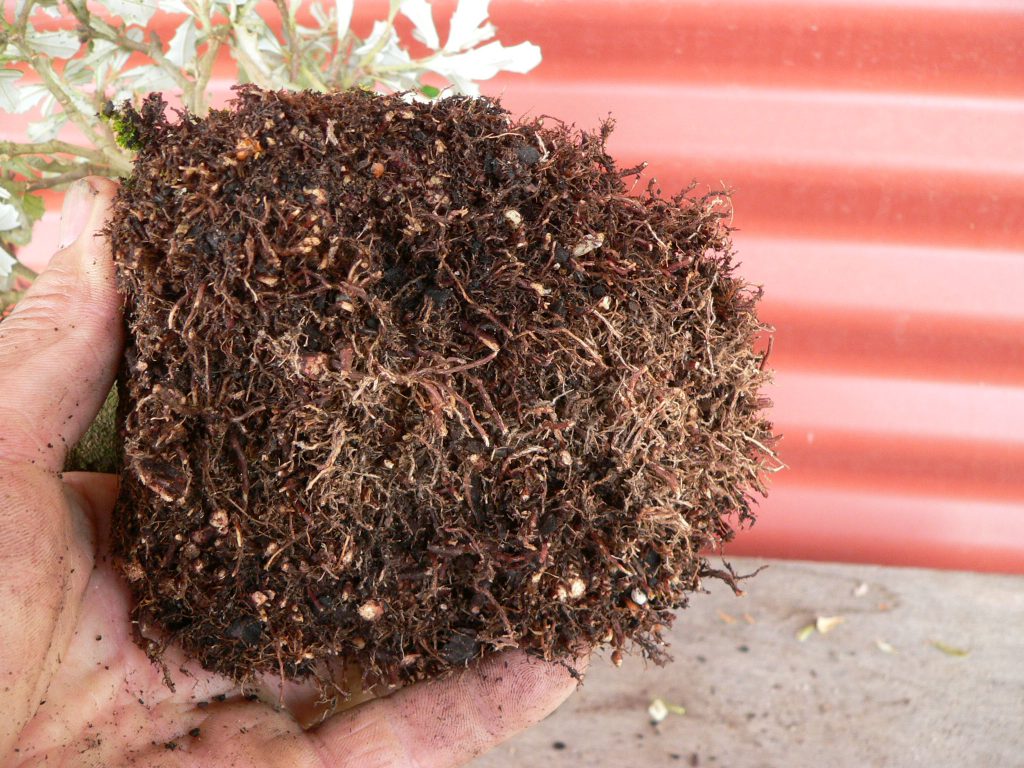
Then back into the pot with fresh mix.
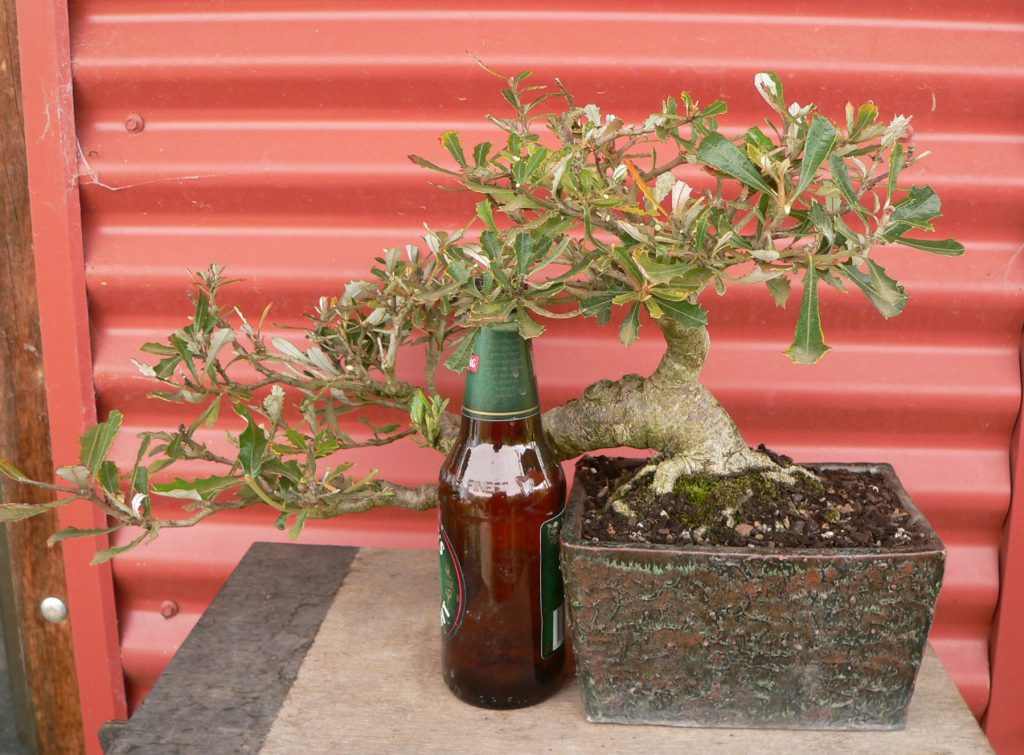
My experience with banksias as bonsai shows that the roots grow so fast that these need repotting every year to prevent them becoming root bound and having difficulties with water absorption. Fortunately they also seem very tolerant of the repotting process during the warmer months. This repot was carried out during a string of 40+C days in early January. New shoots continued to grow and more buds have sprouted since the repot. As usual, the freshly repotted tree went straight back to its usual position on the bench. The area is covered with light shade cloth this year but no other ‘aftercare’ was given.
I’ve found banksias to be very rewarding for bonsai. Why not have a try? Shibui bonsai normally has banksias available in a range of sizes including field grown trunks – see our banksia catalogue – hhttps://shibuibonsai.com.au/wp-content/uploads/2018/12/Banksias-2018-1.pdf
Banksias from the grow beds
I’ve been experimenting with natives for quite a few years now. In the last few I’ve tried speeding up the process by trialling a few species in the grow beds and the results are starting to come onto the sales benches.
This year I have a few Banksia integrifolia trunks ready for you to take to the next level.
All these banksias have been in the pots for just on 12 months. Please have a look and see if any of these look like the right tree for your next Aussie native bonsai adventure.
New Catalogues
After a couple of tries I’ve finally managed to get photos of the new Shibui Bonsai field grown trees. Surgery on my right hand has curtailed other activities so I’ve also managed to format them into new catalogues.
Many of the tridents look a bit sad in these catalogues. Pictures were taken straight after their first trim for the season so they do look quite bare. I will try to update the photos as they bud up but, in the meantime, feel free to ask for new photos so you can check that the trees you are interested in really are healthy.
As usual, email neil@shibuibonsai with the catalogue description and numbers to check that the trees are still available and to discuss delivery costs. I’m more than happy to send extra photos if you would like to have a look at any trees from other angles.
Myrtleford Show 2018
Last weekend Ian from Alpine Art Bonsai and I put together another good display of quality bonsai to promote our art. Weather was fine and more people through the gates so we had even more stopping to ask questions of just to admire the trees this year.
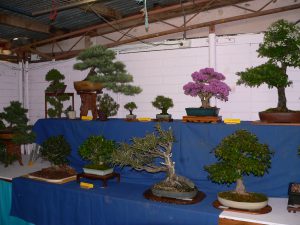
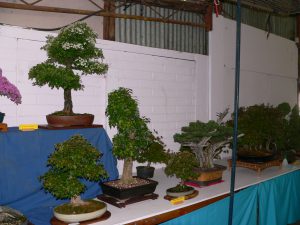
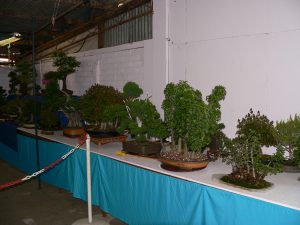
The cooler weather this year meant that my azaleas were in full bloom for this weekend.
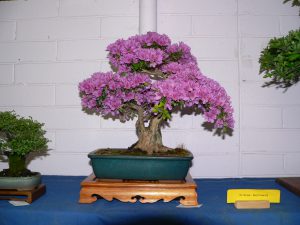
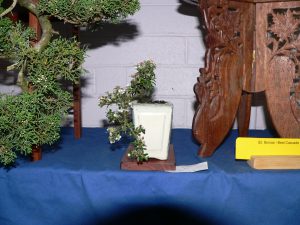
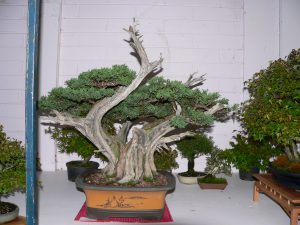
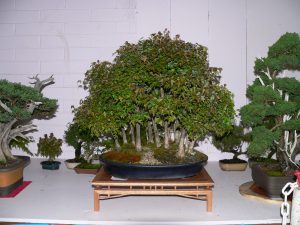
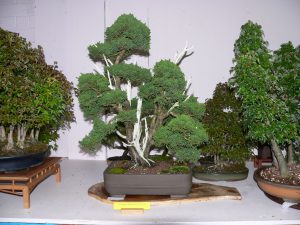
First place in ‘flowering bonsai’ category
A tiny cotoneaster cascade missed out on a place. Maybe the judge did not see it?
Ian’s Phoenix graft juniper received a prize in the single trunk competition.
This trident maple forest also caught the judge’s eye in the ‘group or multi trunk’ category.
Projects with Trident Maple seedlings
Here at Shibui Bonsai we have a few large trident maples in the garden. As a result we also have a plentiful supply of trident maple seedlings every year. These provide an abundant resource for bonsai projects for both me, other members of out local club and Shibui Bonsai customers. Trident seedlings are available each year from June until I get tired of digging and packing them…………………. Continue reading
